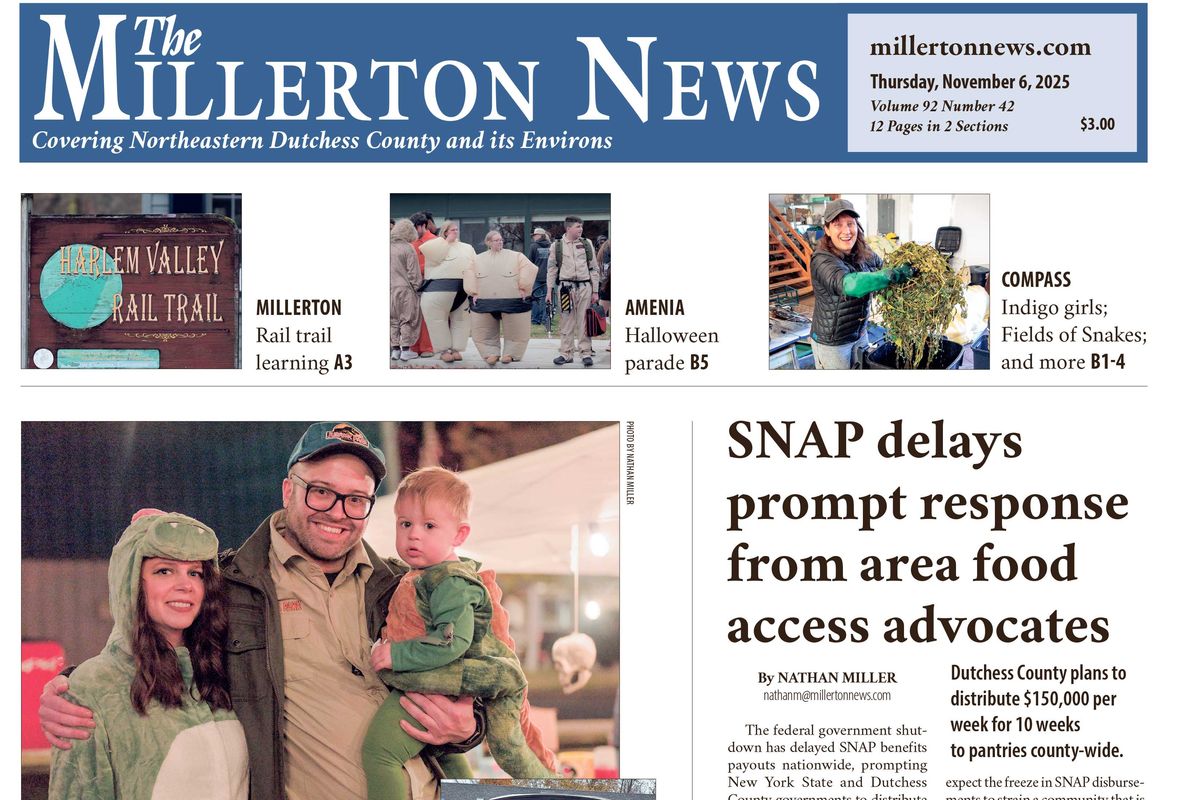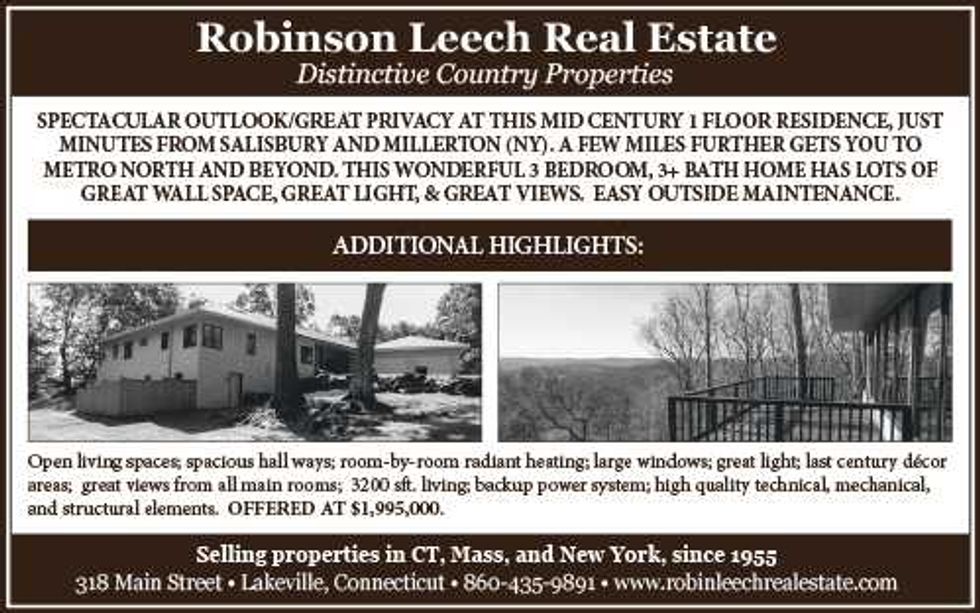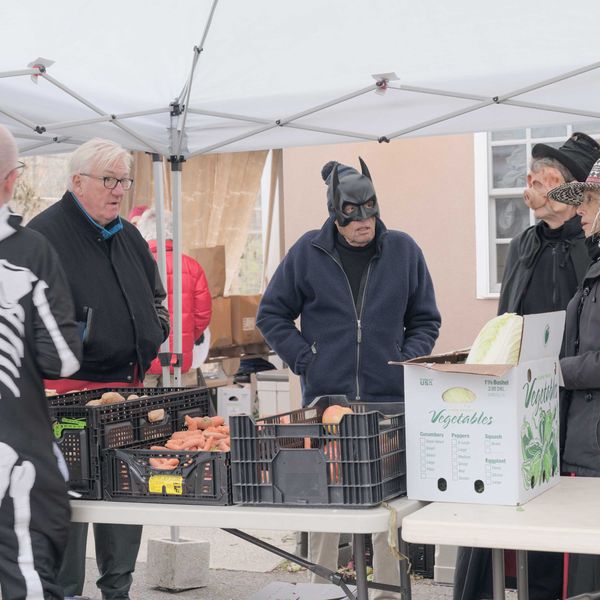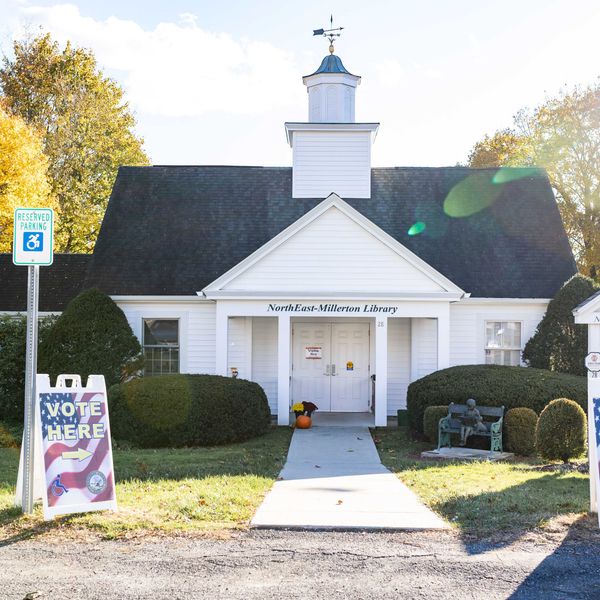The Over-Under: A Bet On the Future Of the Woods
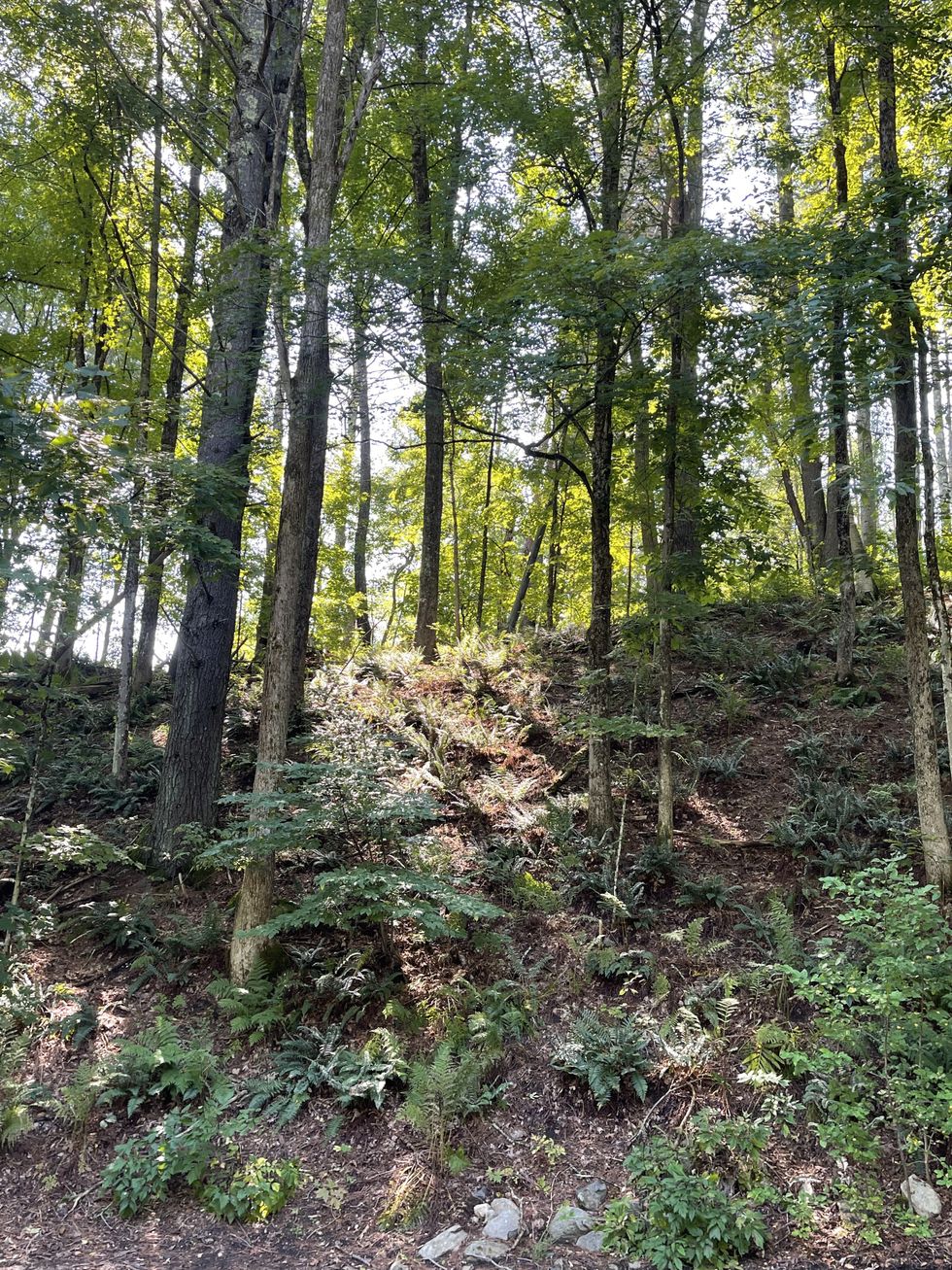
Wherever the sun shines through to the woodland floor is where you want to pay particular attention as these are areas where young trees should be growing rather than invasive shrubs and plants.
Photo by Dee Salomon
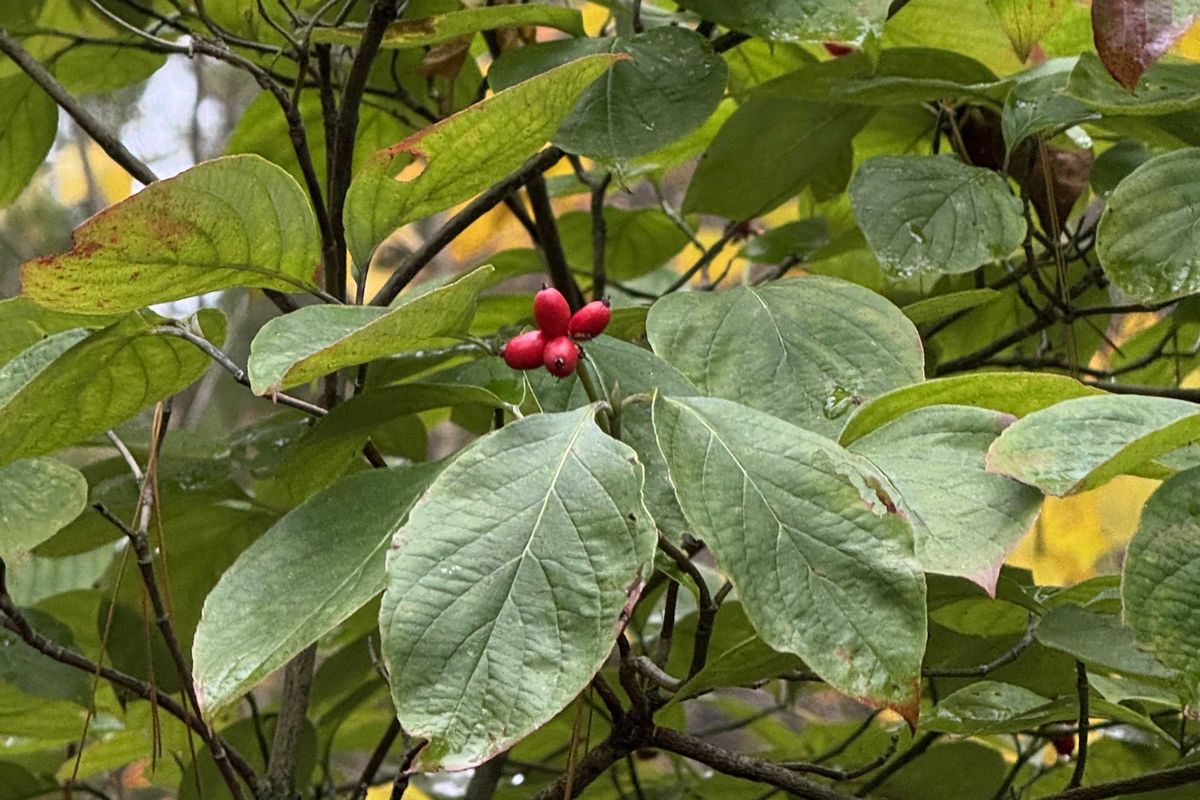

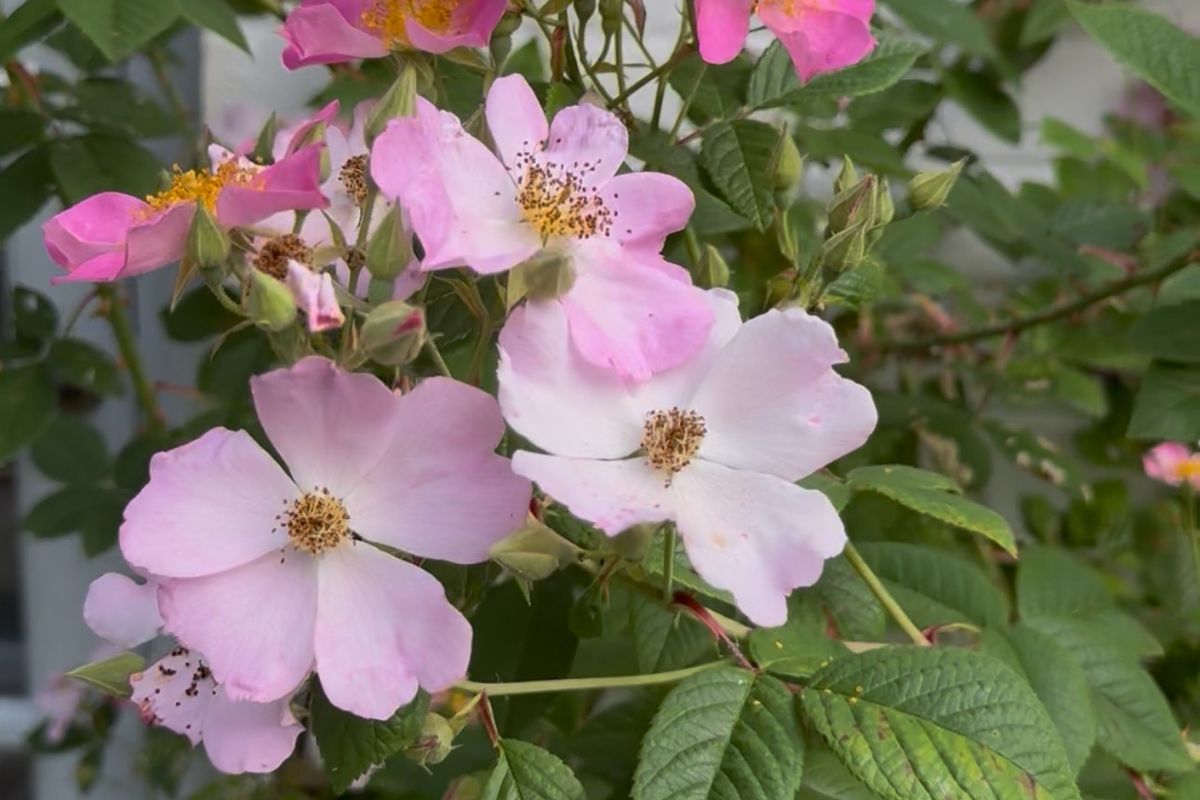
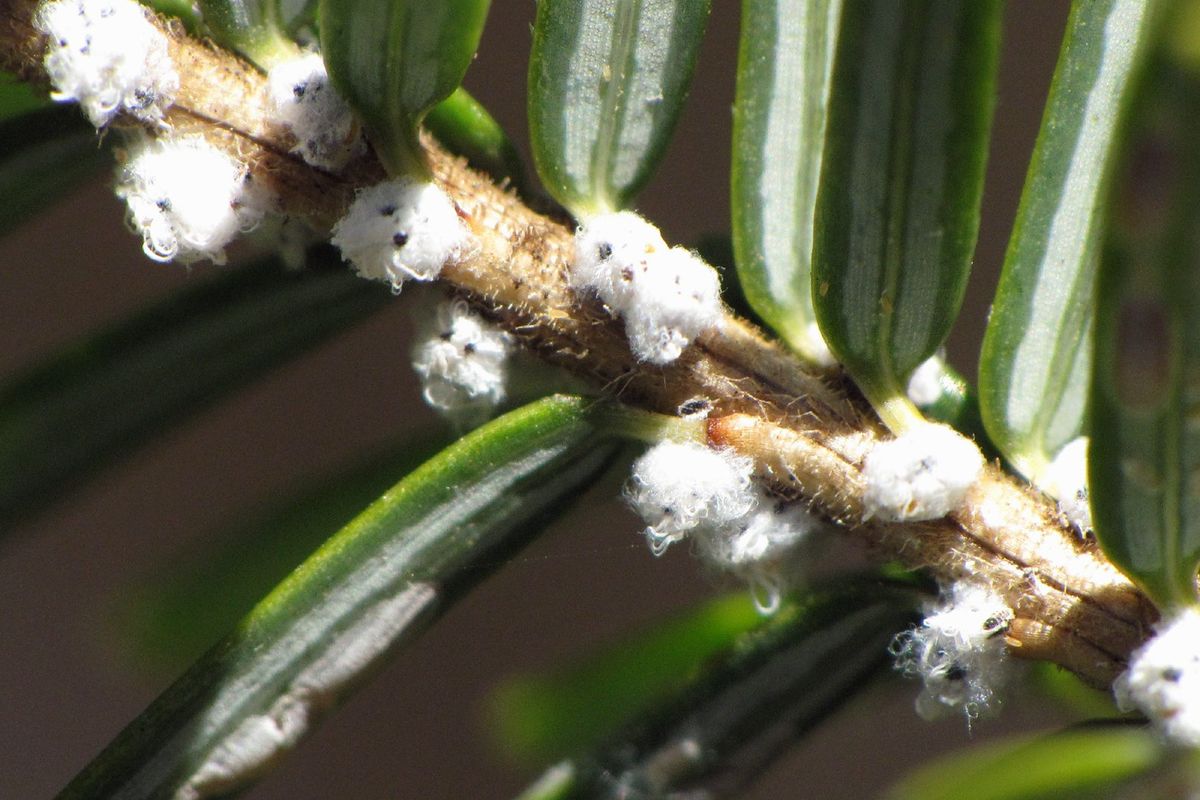
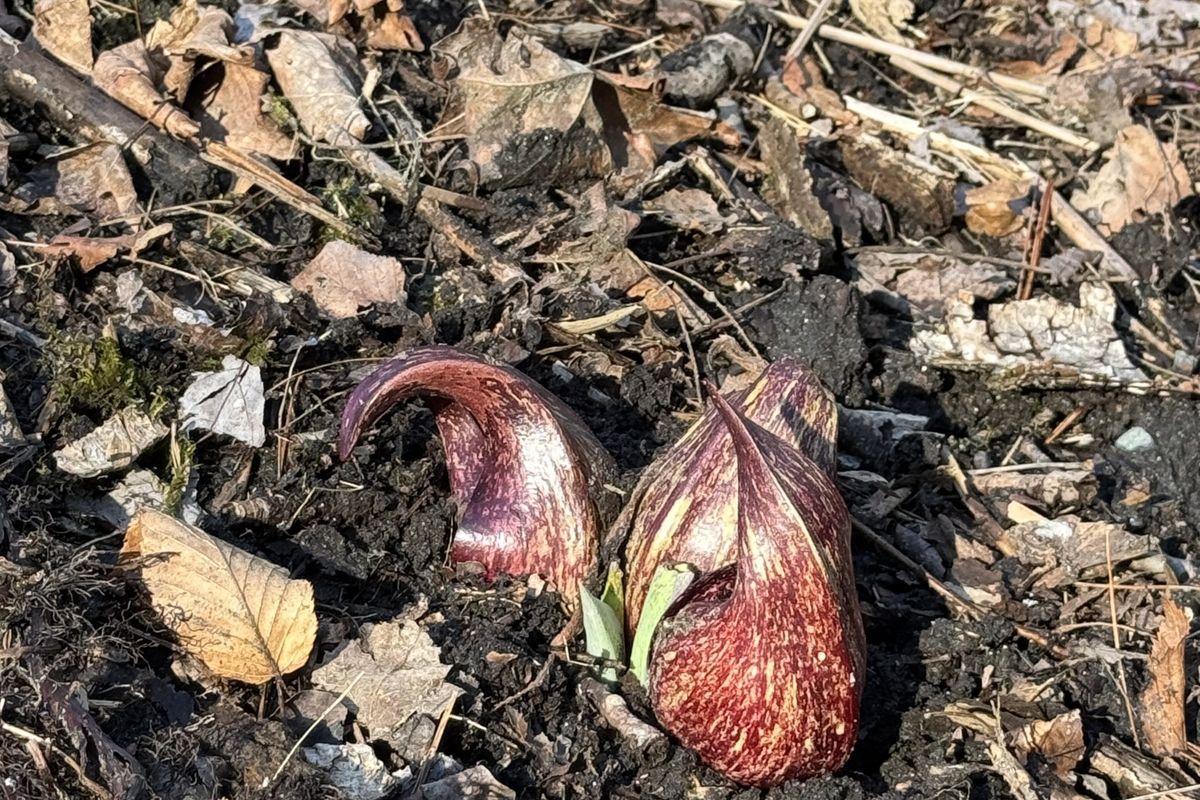

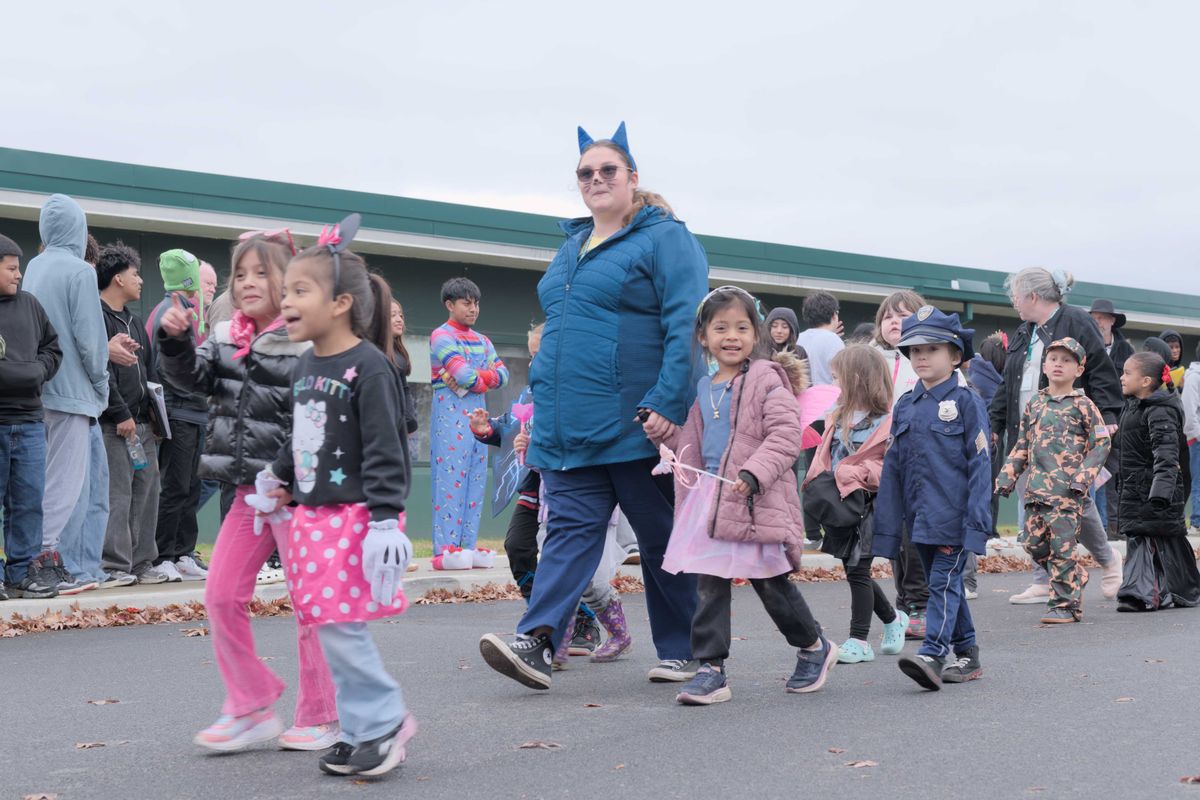
 Webutuck High School social studies teacher Kevin Kleespies let students pet his bear steed as they passed.Nathan Miller
Webutuck High School social studies teacher Kevin Kleespies let students pet his bear steed as they passed.Nathan Miller